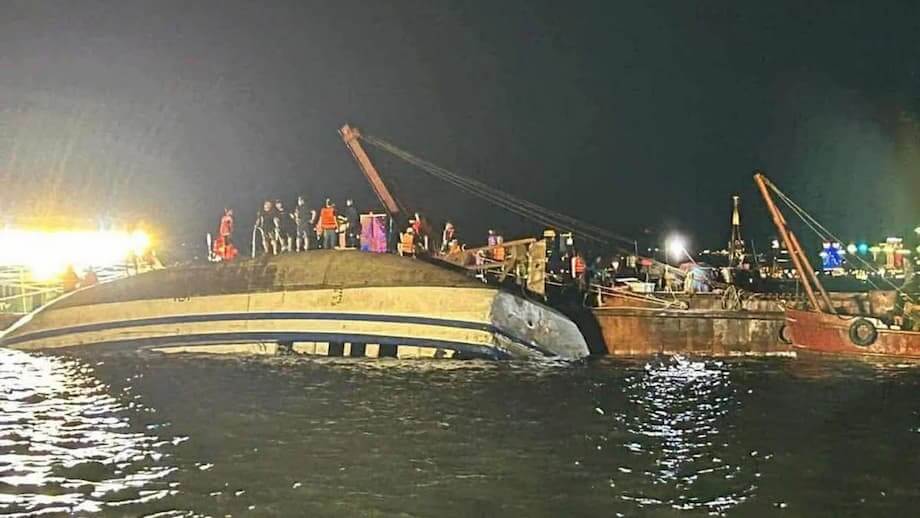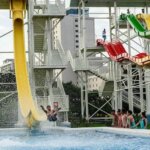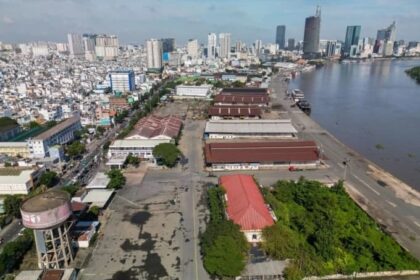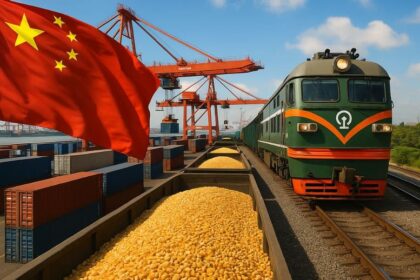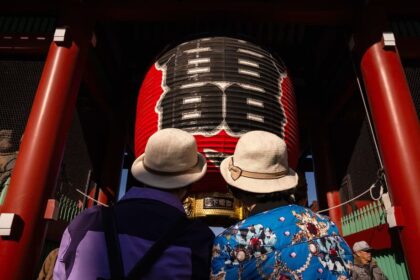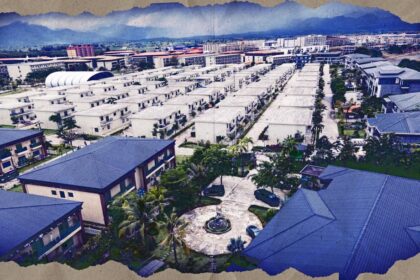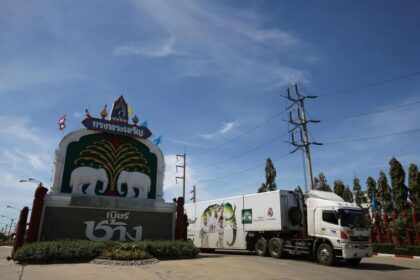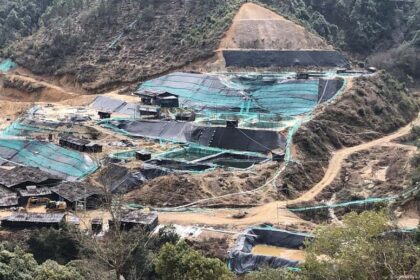Tragedy in Ha Long Bay: A Sudden Storm Turns a Sightseeing Tour into Disaster
Ha Long Bay, a UNESCO World Heritage site renowned for its emerald waters and towering limestone islands, became the scene of one of Vietnam’s deadliest maritime disasters in recent memory. On Saturday afternoon, a tourist boat named Wonder Sea capsized during a sudden and violent thunderstorm, leaving at least 35 people dead and several still missing. The incident has shocked the nation and cast a somber shadow over one of Southeast Asia’s most iconic tourist destinations.
- Tragedy in Ha Long Bay: A Sudden Storm Turns a Sightseeing Tour into Disaster
- What Happened: The Sequence of Events
- Why Did the Boat Capsize? Understanding the Weather and Safety Context
- Survivor Stories: Courage and Loss Amid Chaos
- Official Response and Investigation
- Broader Implications: Tourism, Safety, and Climate Risks
- In Summary
The vessel was carrying 48 passengers and five crew members, all Vietnamese, on a sightseeing excursion. Most of the passengers were families from the capital, Hanoi, including more than 20 children. The tragedy unfolded with terrifying speed, as survivors and eyewitnesses recounted how the sky darkened, hailstones pelted the bay, and fierce winds whipped up waves that overturned the boat in less than a minute.
What Happened: The Sequence of Events
The Wonder Sea set out for a three-hour tour of Ha Long Bay early Saturday afternoon. According to survivor accounts and official reports, the weather was initially calm, but within minutes, conditions deteriorated rapidly. Around 2:00 p.m. local time, a sudden squall swept over the bay, bringing torrential rain, thunder, lightning, and winds strong enough to topple trees in Hanoi, 175 kilometers away.
Survivors described the chaos as the boat began to shake violently. Tables and chairs were thrown about, and water rushed in through broken windows. Passengers pleaded with the crew to turn back to shore, but were reassured that they were almost at their destination. Seconds later, the vessel capsized, trapping many inside the hull as it filled with water.
One survivor, Dang Anh Tuan, recounted his harrowing escape:
“Water gushed in and I lost all orientation. I tried to breathe. But more water came in. I took a deep breath, got rid of my life vest and dove down. I saw a streak of light and followed it to swim out, escaping the boat, and then I climbed on the overturned boat to look for help.”
Mr. Tuan was on holiday with 11 university friends; only three survived. The rest, including a man traveling with his wife and three-year-old son, were among the victims.
Children Among the Victims and Survivors
Of the bodies recovered, at least eight were children. The youngest passenger was just three years old. In a remarkable story of survival, a 14-year-old boy was rescued after spending four hours trapped in an air pocket inside the overturned hull. A 10-year-old boy, traveling with his parents, described how he took a deep breath, dived, and swam up before being pulled to safety by rescuers.
Rescue Efforts Hampered by Weather
Rescue operations began immediately, involving the navy, border guards, police, and port authorities. More than 27 boats and two rescue craft scoured the bay, but heavy rain, strong winds, and nightfall made the search for survivors perilous and slow. By Sunday morning, 10 people had been pulled from the water alive, but several remained missing as hopes faded.
Prime Minister Pham Minh Chinh sent condolences to the families of the dead and missing, ordering urgent search and rescue operations and promising a thorough investigation into the cause of the disaster. Authorities have pledged to “strictly handle violations” if any are found in the operation or management of the vessel.
Why Did the Boat Capsize? Understanding the Weather and Safety Context
The Wonder Sea capsized due to a sudden and severe thunderstorm that struck Ha Long Bay with little warning. Meteorologists from Vietnam’s National Center for Hydrometeorological Forecasting explained that the storm was caused by a convergence zone sweeping through northern Vietnam, combined with three days of intense heat that created unstable atmospheric conditions. This set the stage for violent storms, with hail, lightning, and winds strong enough to capsize even large vessels.
Adding to the danger, a tropical storm named Wipha was approaching the region, further complicating rescue efforts and raising concerns about ongoing safety for maritime activities in the area. The storm disrupted air travel in Hanoi, with flights diverted and delayed due to the extreme weather.
Ha Long Bay’s Popularity and Past Incidents
Ha Long Bay attracts millions of visitors each year, drawn by its breathtaking scenery and unique geology. The bay is dotted with more than 1,600 limestone islands and islets, making navigation complex, especially during bad weather. The area has seen maritime accidents before, but this disaster is the worst in at least 25 years, according to local tourism officials.
In 2011, a similar accident killed 12 people, including foreign tourists. In 2022, a speedboat capsized off Quang Nam, killing 17. Last year, 30 vessels sank in the bay’s boat lock areas after Typhoon Yagi brought strong winds and waves. These incidents have raised ongoing concerns about safety standards, vessel maintenance, and emergency preparedness in Vietnam’s booming tourism sector.
Survivor Stories: Courage and Loss Amid Chaos
Personal accounts from survivors and families of the victims have brought the human cost of the tragedy into sharp focus. Nguyen Thi Lien, the mother of a 21-year-old victim, told Reuters:
“All I want to do is die. I don’t want anything in this world anymore, I’m so tired.”
Trang Trung Tu, whose 32-year-old brother died, said:
“My brother can swim, but I was told everything happened too fast.”
Another survivor, Dang Thuy Linh, spoke from her hospital bed, pleading for the rescue of her missing family and friends:
“There are still my husband, my children, my friend and their family. I hope they will all be rescued soon. Don’t leave anyone in the boat. The air is running thin and hope for surviving is running out.”
These stories underscore the speed and violence of the storm, which left little time for passengers or crew to react, despite the availability of life vests on board.
Eyewitness Accounts: The Storm’s Fury
Local resident Tran Trong Hung described the moment the storm hit:
“The sky suddenly darkened, with hailstones as big as toes, torrential rain, thunderstorms, and lightning.”
Such sudden and intense storms are not uncommon in northern Vietnam during the summer months, but the scale of this disaster has prompted calls for improved weather monitoring and stricter safety protocols for tourist vessels.
Official Response and Investigation
Vietnamese authorities have launched a full investigation into the accident. The Wonder Sea was towed to a shipyard for inspection, with officials examining its shattered windows, damaged roof, and handrails. Police and maritime safety officials are reviewing the vessel’s maintenance records, crew training, and compliance with safety regulations.
Initial reports suggest that the boat’s crew may have underestimated the severity of the approaching storm. Passengers reportedly requested to turn back, but the crew continued toward their destination, believing they could outrun the weather. This decision is now under scrutiny as investigators seek to determine whether human error contributed to the tragedy.
The government has also called for a review of safety standards across the tourism industry, particularly for boat operators in Ha Long Bay and other popular destinations. Enhanced weather warning systems, mandatory safety drills, and stricter enforcement of regulations are among the measures being considered.
Broader Implications: Tourism, Safety, and Climate Risks
The Ha Long Bay disaster has reignited debate over the balance between tourism growth and safety in Vietnam. The country’s tourism industry has expanded rapidly in recent years, with Ha Long Bay alone attracting over four million visitors in 2019. The influx of tourists has led to a proliferation of sightseeing boats, raising concerns about overcrowding, vessel maintenance, and the capacity of local authorities to enforce safety standards.
Climate change is also increasing the frequency and intensity of extreme weather events in Southeast Asia. Sudden storms, typhoons, and heavy rainfall pose growing risks to coastal communities and maritime activities. Experts warn that without stronger regulations and better preparedness, similar tragedies could occur in the future.
Lessons from Past Disasters
Vietnam has experienced several deadly maritime accidents in recent decades. In each case, investigations have highlighted issues such as inadequate safety equipment, poor crew training, and lax enforcement of regulations. While some improvements have been made, the Ha Long Bay capsizing demonstrates that significant challenges remain.
International observers and local advocates are urging the government to use this tragedy as a catalyst for comprehensive reform, including:
- Upgrading weather monitoring and early warning systems
- Requiring regular safety drills for passengers and crew
- Strictly enforcing vessel maintenance and inspection standards
- Limiting the number of boats operating during adverse weather conditions
- Improving emergency response coordination among agencies
In Summary
- At least 35 people died and several remain missing after the Wonder Sea tourist boat capsized in Ha Long Bay during a sudden thunderstorm.
- All passengers and crew were Vietnamese, with many families and over 20 children on board.
- Survivors described the storm as striking with little warning, overturning the boat in less than a minute.
- Rescue efforts were hampered by heavy rain, strong winds, and nightfall, with ongoing searches for the missing.
- Authorities have launched an investigation into the cause of the disaster and are reviewing safety protocols for tourist vessels.
- The tragedy has sparked renewed debate over tourism safety and the growing risks posed by extreme weather in Vietnam.


